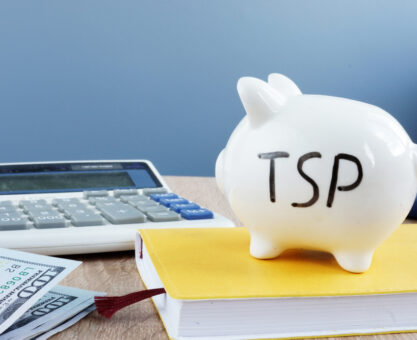According to the Bureau of Labor Statistics, Americans between the age 65 and 74, spent an average of $56,435 annually in 2021, while those age 75 and older spent an average of $45,820. Of course, with the rising cost of living, these estimates will increase over a 20-to-30-year retirement. This is why you need to anticipate all potential challenges to your financial security. Here are the top three.
Longevity: Living Longer Costs More Money
Underestimating your longevity poses a bigger threat to your retirement because living longer than you’ve planned costs more money. According to the Social Security Administration, upon reaching age 60, on average, men could live another 22 years while women can live 25 more years. As a FERS participant who can retire as young as age 55 to 57, your retirement nest egg may need to last 30 years or more.
Inflation: The Loss Of Purchasing Power
The historic rate of inflation averages out to around 3% per year. This means $60,000 of retirement income today will have the purchasing power of a bit over $33,000 in 20 years. Since the amount of your FERS annuity (pension) and Social Security are fixed, these streams of income are not likely to keep pace with inflation. Studies show that, even with Cost of Living Adjustments (COLAs), these benefits have not kept pace with inflation over the last ten years.
“A strategic tax plan provides the advantage of controlling the amount of your retirement income and tax bracket in any given year.”
Taxes: The Trump-Era Tax Cuts Expire At The End Of 2025
Though the Tax Cuts and Jobs Act (TCJA) made some corporate tax cuts permanent, the lower individual income tax rates will expire on Dec. 31, 2025 and revert to pre-TCJA levels. When your total retirement savings remain in pre-tax accounts like the Traditional TSP and 401(k)s, you become vulnerable to rising income taxes on your distributions. A strategic tax plan provides the advantage of controlling the amount of your retirement income and tax bracket in any given year.
Strategies For Mitigating The Top 3 Challenges To Retirement
- Take advantage of TSP Catch-Up Contributions at age 50.
- Start making post-tax contributions to the Roth TSP.
- Wait until age 62 to retire to qualify for the FERS 10% Bonus.
- Delay filing for Social Security until age 70 to get the maximum benefit.
- Develop a plan for taking TSP distributions over a long retirement.
- Consider insurance products that can provide a tax-advantaged stream of income.
Discuss these and other retirement-planning strategies with an FRC® trained advisor who can help you achieve lifelong financial security.


























